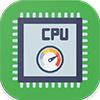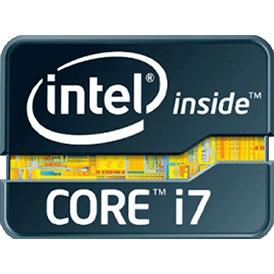 Estimated results for PassMark CPU Mark
Estimated results for PassMark CPU Mark
|
|
Intel Core i7-9700F
8C 8T @ 3.0 GHz
|
13350
|
|
|
Intel Core i7-6850K
6C 12T @ 3.6 GHz
|
11397
|
 Geekbench 6 (Multi-Core)
Geekbench 6 (Multi-Core)
|
|
Intel Core i7-9700F
8C 8T @ 3.0 GHz
|
7202
|
|
|
Intel Core i7-6850K
6C 12T @ 3.6 GHz
|
6214
|
 Geekbench 5, 64bit (Multi-Core)
Geekbench 5, 64bit (Multi-Core)
|
|
Intel Core i7-9700F
8C 8T @ 3.0 GHz
|
6714
|
|
|
Intel Core i7-6850K
6C 12T @ 3.6 GHz
|
6711
|
 CPU-Z Benchmark 17 (Multi-Core)
CPU-Z Benchmark 17 (Multi-Core)
|
|
Intel Core i7-9700F
8C 8T @ 3.0 GHz
|
3848
|
|
|
Intel Core i7-6850K
6C 12T @ 3.6 GHz
|
3480
|
 Geekbench 6 (Single-Core)
Geekbench 6 (Single-Core)
|
|
Intel Core i7-9700F
8C 8T @ 3.0 GHz
|
1570
|
|
|
Intel Core i7-6850K
6C 12T @ 3.6 GHz
|
1302
|
 Geekbench 5, 64bit (Single-Core)
Geekbench 5, 64bit (Single-Core)
|
|
Intel Core i7-9700F
8C 8T @ 3.0 GHz
|
1218
|
|
|
Intel Core i7-6850K
6C 12T @ 3.6 GHz
|
1116
|

